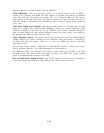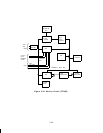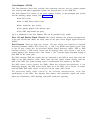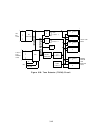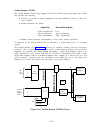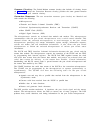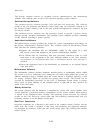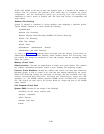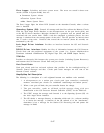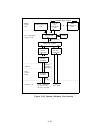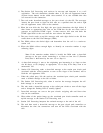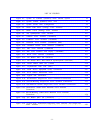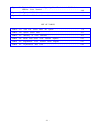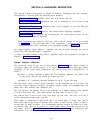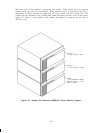Traffic load, defined as the sum of static and dynamic loads, is a function of the number of
features that are executed, the frequency
with which they are executed, the system
configuration,
and the instantaneous (peak) call processing load. The configuration
contribution to load is known as dynamic load. The static load consists of maintenance and
audit routines.
Software Partitioning
System 25 software is comprised of various modules, each supporting a particular process.
Typical modules (referred to as tasks) include the following:
● Administration
● Station Call Processing
● Station Message Detail Recording (SMDR) Call Record Processing
● Trunk Call Processing
● Dial Plan Manager
● Event Timer
● Save/Restore (Administration function)
● Maintenance and Audit Functions.
As shown on Figure 3-22, software tasks associated with the Memory Circuit Pack are
Administration and Feature Code Modules, which includes Station Call Processing. Each
task controls the storage and movement of data and messages between associated elements
within the system.
Memory Circuit Pack
Administration: Provides for administration of station and system features. This software
also supports maintenance procedures related to error checking and diagnosing trouble.
Feature Code Modules: Includes the software that receives and sends data to/from the
Operating System, as well as control of all voice and data features supported by the system.
Station Call Processing includes the processing of messages and data associated with voice
terminal on-hook/off-hook indications, associated port identifications, button and LED
operations, etc.
The SMDR software generates SMDR records associated with a particular
call. The records are then sent to the System RAM for storage and then to the SMDR
output channel.
Call Processor Circuit Pack
System RAM: Provides for the storage of the following:
● Variables for the various software tasks
● System translations
● Error Records
● Feature Code Data
● Stack.
3-46




